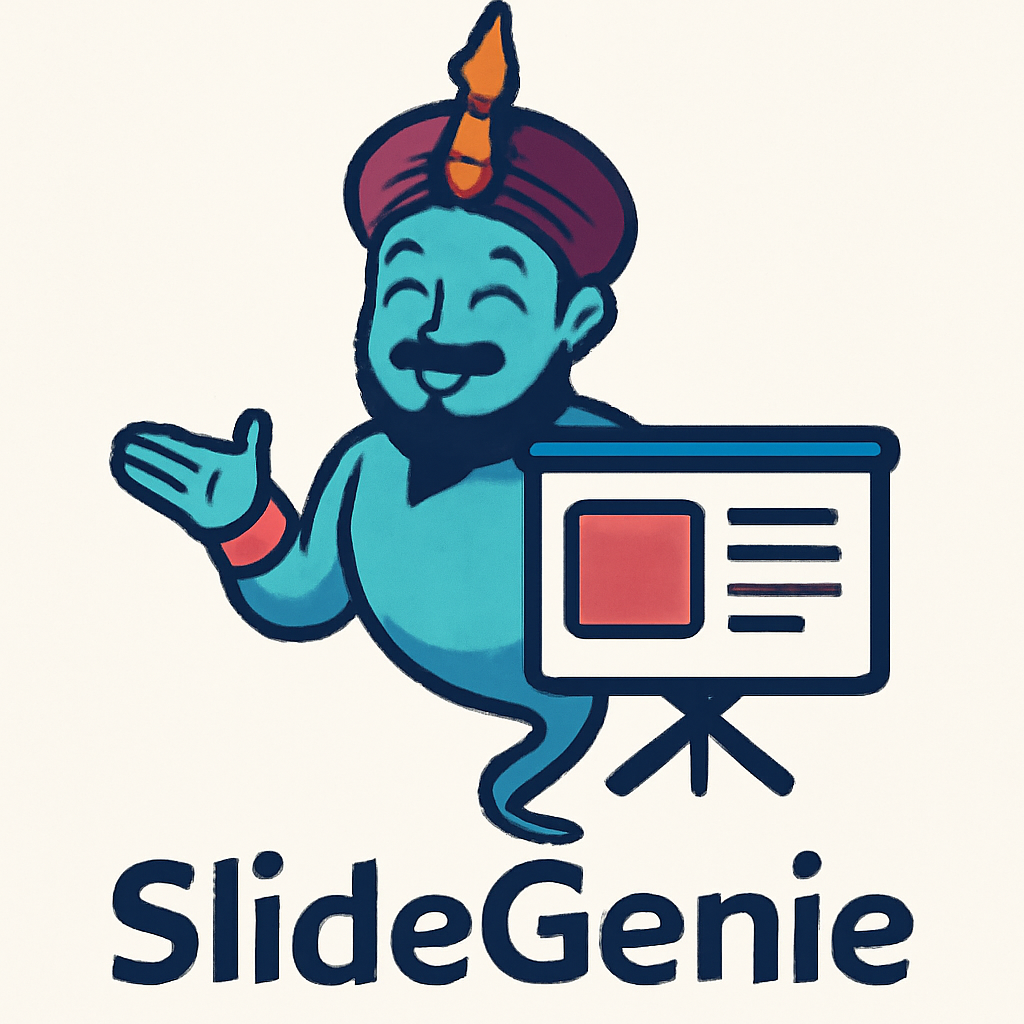Entering the Child's Mind: The Clinical Interview In Psychological Research and Practice
4.5
بر اساس نظر کاربران

شما میتونید سوالاتتون در باره کتاب رو از هوش مصنوعیش بعد از ورود بپرسید
هر دانلود یا پرسش از هوش مصنوعی 2 امتیاز لازم دارد، برای بدست آوردن امتیاز رایگان، به صفحه ی راهنمای امتیازات سر بزنید و یک سری کار ارزشمند انجام بدینکتاب «Entering the Child's Mind: The Clinical Interview In Psychological Research and Practice» نوشته هربرت پ. گینزبرگ یکی از آثار برجسته در حوزه روانشناسی کودک است که به روش مصاحبه کلینیکی و نقش آن در درک ذهن کودک میپردازد. این کتاب به روشی دقیق و جامع، اصول و تکنیکهای لازم برای فهم عمیقتر از دنیای ذهنی کودکان را ارائه میدهد و به محققان و متخصصان کمک میکند تا به طور مؤثر با کودکان تعامل داشته باشند.
خلاصهی کتاب
این کتاب بر اساس تجربیات گسترده گینزبرگ در تحقیق و آموزش درباره روانشناسی کودکان نوشته شده است. در این اثر، نویسنده تأکید میکند که ذهن کودک پایهای پیچیده و جذاب برای فهم فرآیندهای شناختی انسان است. او به اهمیت استفاده از مصاحبه کلینیکی در کشف نحوه تفکر، منطق و ادراک کودکان پرداخته و ابزارهایی ارائه میدهد که به محققان امکان میدهد اطلاعات دقیق و عمیقی از ذهن کودک به دست آورند.
روش مصاحبه کلینیکی که گینزبرگ در این کتاب توضیح میدهد، فراتر از پرسیدن سوالات ساده است؛ این روش شامل تعاملات هدفمند و تحلیل دقیق پاسخهای کودک میباشد. از طریق این مصاحبهها، محققان همچنین میتوانند اطلاعاتی درباره نحوه یادگیری، حل مسئله و نگاه کلی کودک به جهان اطراف به دست آورند.
نکات کلیدی
- آشنایی با اصول مصاحبه کلینیکی و نحوه استفاده مؤثر از آن.
- تأکید بر اهمیت توجه به زمینه اجتماعی و فرهنگی کودکان در فرآیند تحقیقاتی.
- ارائه نمونهها و مطالعات موردی برای درک بهتر کاربرد واقعی مصاحبه کلینیکی
- بررسی فرآیندهای شناختی مانند فهم منطقی، ادراک زمان و مکان، و تفکر عددی در کودکان.
- نقش محقق به عنوان «همراه فهم» در ذهن کودک و جایگاه تعاملات انسانی در این فرآیند.
جملات معروف از کتاب
«The Clinical Interview is not just a tool for collecting data; it's an art form that reveals the beauty and complexity of the child's mind.»
«Understanding the child requires patience, empathy, and the willingness to step into their world without bias or preconceived notions.»
«Children's minds are not blank slates; they are filled with unique perspectives, logic, and curiosity that demand exploration.»
اهمیت این کتاب
کتاب «Entering the Child's Mind» به عنوان یک منبع ضروری برای روانشناسان، مربیان، و محققان آموزشی شناخته میشود. گینزبرگ با ارائه یک روش عمیق و تأثیرگذار برای انجام مصاحبههای کلینیکی توانسته است به شکل قابل توجهی تحقیقات در حوزه روانشناسی کودک را پیش ببرد. این اثر نه تنها برای فهم بهتر کودکان مفید است، بلکه به ایجاد پل ارتباطی بین نسلها و گفتمانهای مختلف کمک میکند.
آموزش روش مصاحبه کلینیکی به متخصصان این امکان را میدهد تا رویکردی انسانیتر و فردیتر نسبت به کودکان داشته باشند. بهطور خاص، این کتاب به آنها کمک میکند تا به جای اتکا به آزمونهای استاندارد، روی تعاملات شخصی تمرکز کنند و به غنای اطلاعاتی که از ذهن کودک دریافت میشود، توجه بیشتری کنند.
Introduction to "Entering the Child's Mind: The Clinical Interview In Psychological Research and Practice"
"Entering the Child's Mind" by Herbert P. Ginsburg is a profound exploration of one of the most vital tools for understanding children—the clinical interview. This book provides an insightful guide to researchers, psychologists, educators, and anyone interested in unlocking the mysteries of how a child thinks, learns, and perceives the world. Grounded in decades of research and practice, it introduces the clinical interview as a bridge connecting the adult observer to the intricate workings of a child's mind. This book is not merely about technique but about the philosophy and sensitivity required to undertake such interviews effectively.
Detailed Summary of the Book
"Entering the Child’s Mind" elucidates the art and science of the clinical interview—a qualitative method that has been instrumental in psychological research and educational practice. Ginsburg delves into the origins and theoretical foundations of clinical interviewing, referencing key figures such as Jean Piaget, who pioneered its use for understanding cognitive development. The book emphasizes the varied contexts in which clinical interviews can be applied, including research, teaching, and therapeutic practice.
Through meticulous discussions, Ginsburg guides readers in conducting interviews that reveal the child’s thought processes by asking deliberate yet flexible questions. Using illustrative examples and transcripts of real interviews, he demonstrates how researchers can navigate the complexities of interacting with children, keeping their curiosity alive while allowing space for authentic expressions of thought. The book also highlights common challenges faced during an interview, such as interpreting nonverbal cues and avoiding biases, and offers practical strategies to overcome them.
Ultimately, Ginsburg emphasizes the importance of understanding the child’s perspective, fostering empathy and trust during interviews to gain rich insights that are often concealed in traditional quantitative methods. The book's blend of theory, practice, and real-world examples makes it highly accessible and applicable to professionals working with children.
Key Takeaways
- A comprehensive guide to conducting effective clinical interviews with children.
- Emphasis on understanding children’s thought processes, perceptions, and reasoning.
- Insights into the theoretical foundations, particularly Piagetian principles, behind clinical interviews.
- Techniques and strategies for avoiding interviewer bias and fostering trust with children.
- Real interview transcripts illustrating practical challenges and strategies for resolution.
- Applications of clinical interviews in various fields, such as developmental psychology, education, and counseling.
Famous Quotes from the Book
"To enter the child’s mind is not only to ask questions but also to listen—keenly and deeply—to what they say and don’t say."
Herbert P. Ginsburg
"Children are natural thinkers; our task is to respectfully uncover their thoughts rather than impose our own."
Herbert P. Ginsburg
"A successful clinical interview is not just about the answers but the partnership between interviewer and child."
Herbert P. Ginsburg
Why This Book Matters
Understanding the minds of children is a cornerstone of fostering their development, nurturing their learning, and addressing their needs. "Entering the Child's Mind" matters because it arms professionals with an essential tool—the clinical interview—through which to grasp the nuanced and often hidden ways children think. In a world increasingly dominated by standardized testing and metrics, this book reminds us of the value of qualitative methods that honor the individuality and complexity of every child.
Ginsburg’s work is especially significant in bridging the gap between theory and practice, offering a resource that is both intellectually robust and practically useful. Whether you're a psychologist, educator, or parent, the book provides a unique and empathetic perspective that encourages you to see the world through the eyes of a child. By teaching us how to listen deeply, ask the right questions, and interpret responses thoughtfully, "Entering the Child's Mind" empowers professionals to contribute meaningfully to the growth and understanding of the children they serve.
دانلود رایگان مستقیم
برای دانلود رایگان این کتاب و هزاران کتاب دیگه همین حالا عضو بشین
برای خواندن این کتاب باید نرم افزار PDF Reader را دانلود کنید Foxit Reader


